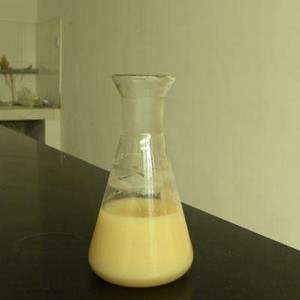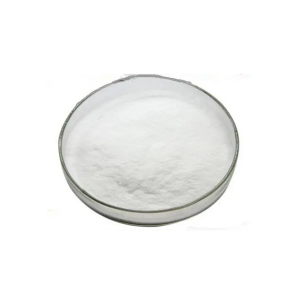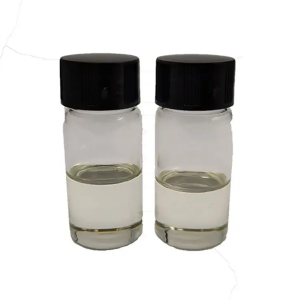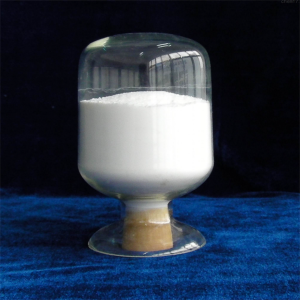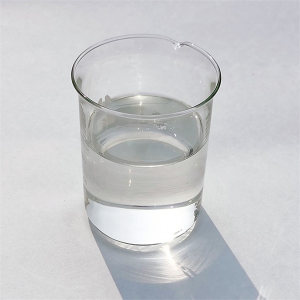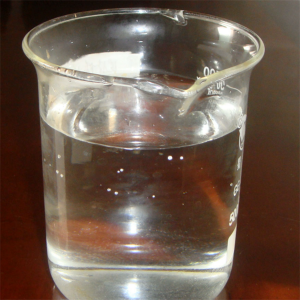Palm fatty acid CAS:68440-15-3
Name: Palm fatty acid
CAS: 68440-15-3
Feature:
The origin of Palm fatty acid is Malaysia. Up to 80 percent of Palm fatty acid is free fatty acid (FFA), with palmitic acid and oleic acid being the major components. The remaining 20 percent is made up of components including triglycerides, partial glycerides, and vitamin E, sterols and squalenese. Palm fatty acid is insoluble in water, easily soluble in alkali solution, it can also be dissolved in ether, chloroform and ethyl acetate. Palm fatty acid is obtained by pressure hydrolysis and separation of palm oil. The content of Palm fatty acid is very small in animal and vegetable oils and fats, and a large amount is stored in marine oils and fats.
Palm fatty acid has the following applications/functions:
1. Palm fatty acid is used as a renewable raw material in biofuels production as well as to produce candles, soaps, other oleochemical products, and animal feed.
2. The content of Palm fatty acid is more than 50%, which is not easy to be oxidized, has good stability, and has good smell and taste. Palm fatty acid is especially suitable for fried bread, cakes, instant noodles
3. Palm fatty acid can make a natural non-irritating plant surfactant. As one of the main raw materials of soap powder, Palm fatty acid can make full use of distiller’s grains and improve its utilization value. It can not only reduce environmental pollution and waste discharge, but also effectively improve the decontamination ability of soap powder and reduce its residual amount on clothes.
4. Palm fatty acid has the advantages of anti-oxidation, good thermal stability, fast light curing rate, non-toxic and environmentally friendly, strong adhesion, and not easy to fade, and has a good application prospect. Palm fatty acid can make a UV protection coating.
Composition:
Appearance: Light yellow solid
Packing: 25kg/drum or as discussed
Shelf Life: 2 years
Storage: Store in cool and dry area
Certification:ISO GMP KOSHER HALAL

